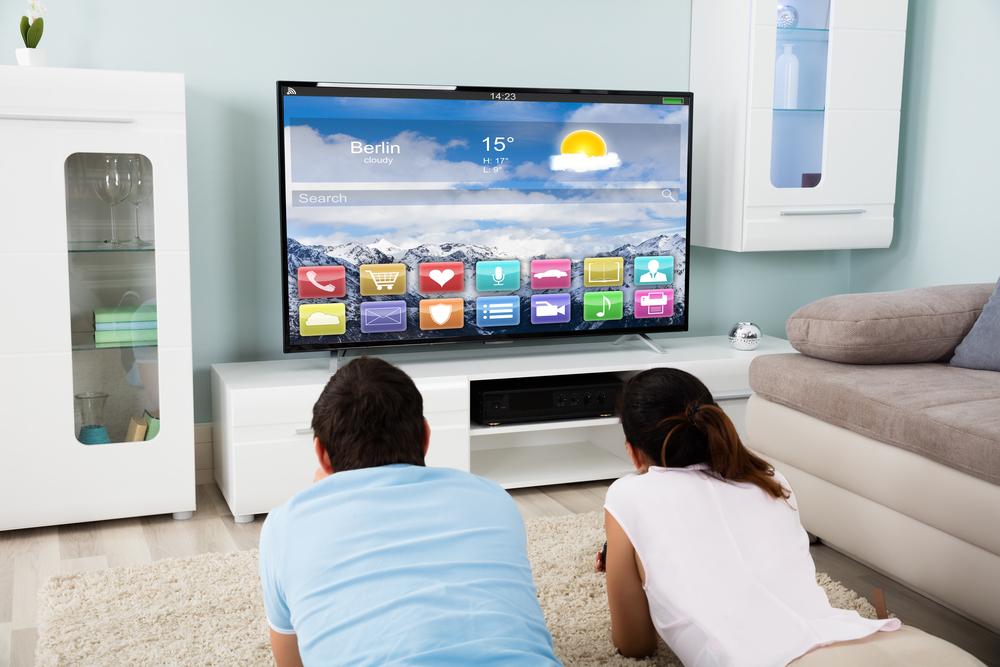Ultimate Guide to 4K TV Terminology: Unlocking the Secrets of Modern Ultra HD Display Technology
This comprehensive guide on 4K TV terminology provides consumers with detailed explanations of essential features and technologies, helping them make confident purchasing decisions. Covering resolution details, advanced display features, and connectivity standards, it empowers viewers to select the best 4K television for home entertainment. Whether upgrading or buying for the first time, understanding these key terms ensures a smarter shopping journey and a better viewing experience.

In-Depth Explanation of 4K TV Terms for Consumers
As technology advances rapidly, 4K Ultra HD televisions have become the centerpiece of home entertainment systems worldwide. With their incredible resolution, vibrant colors, and smart features, 4K TVs promise an immersive viewing experience like never before. However, purchasing the right model can be daunting due to the plethora of technical terms and specifications that are often unfamiliar to consumers.
If you're a viewer looking to upgrade or purchase your first 4K television, understanding the key terminology is vital. From resolution details to advanced display features, this comprehensive guide will walk you through the essential 4K TV jargon, helping you make confident, informed decisions while shopping. Whether you're browsing online or visiting electronics stores, arming yourself with this knowledge ensures you select a TV that perfectly fits your viewing preferences and future tech expectations.
4K Ultra HD: The term '4K Ultra HD' signifies a display resolution of 3840×2160 pixels, which is four times higher than traditional full HD (1080p). This increased pixel count allows for crisper images, finer details, and more realistic visuals, especially noticeable during close-up viewing. Modern 4K TVs with this resolution can display ultra-sharp images that make watching movies, gaming, and streaming feel more lifelike, enhancing your overall entertainment experience.
Full Array Local Dimming: A sophisticated backlighting technology where LEDs are arranged in a grid behind the LCD panel. The system controls lighting in different zones independently, darkening specific areas of the screen while brightening others. This results in richer blacks, more precise contrast, and evenly illuminated images. Whether you're watching dark scenes or bright daytime content, TVs with full array local dimming provide a significant improvement over standard edge-lit models.
High Dynamic Range (HDR): HDR is one of the most exciting features in contemporary 4K TVs. It enhances the contrast between the darkest and brightest parts of an image, resulting in more vibrant colors and deeper blacks. HDR technology brings movies, TV shows, and video games to life by making visuals appear more realistic and immersive, mimicking what the human eye naturally perceives. Common HDR formats include HDR10, Dolby Vision, and HLG, each offering specific advantages for viewing quality.
Quantum Dots: Tiny semiconductor nanocrystals embedded in a film layer within the display, quantum dots enable the TV to produce a wider color spectrum. This technology dramatically improves color accuracy and brightness, making images more vivid and true to life. Quantum dot panels are a hallmark of high-end 4K TVs, ensuring viewers get an exceptionally rich visual experience with vibrant reds, greens, and blues.
High Efficiency Video Coding (HEVC/H.265): HEVC, also known as H.265, is a modern video compression standard that significantly reduces the size of 4K video files while maintaining high quality. This compression allows for smoother streaming and faster downloads, especially important for 4K content delivered over the internet. Most streaming services and 4K players now rely on HEVC for efficient video playback, making it a crucial feature to consider when choosing a TV or streaming device.
VP9 Codec: Google’s open-source video compression technology designed for streaming high-resolution videos, including 4K Ultra HD content. VP9 ensures compatibility with popular platforms like YouTube, facilitating seamless, buffer-free playback of high-quality videos without requiring additional hardware or software upgrades.
HDMI 2.0a: This is the latest standard for HDMI connections supporting 4K video at 60Hz with HDR. HDMI 2.0a ensures high-quality transfer of uncompressed audio and video signals from sources like gaming consoles, Blu-ray players, and streaming devices, enabling smooth and high-resolution content display on your TV.
HDCP 2.2: High-Bandwidth Digital Content Protection (HDCP) 2.2 is a security protocol that encrypts digital content to prevent unauthorized copying. It's essential for viewing 4K content from streaming services, UHD Blu-ray discs, and other protected sources. To enjoy 4K streaming, ensure your TV and connected devices support HDCP 2.2 standards.
Upscaling: An important feature that enhances lower-resolution content (such as 720p or SD videos) to appear sharper and more detailed on 4K screens. Upscaling performs real-time interpolation, adding pixel data to low-resolution images, providing a near-4K viewing experience even without native 4K content. Many modern TVs come equipped with intelligent upscaling technology that improves picture quality significantly.
Equipped with this knowledge, you're now better prepared to navigate the vast landscape of modern 4K TV options. Remember to compare features not only based on resolution but also on advanced display technologies, connectivity options, and smart functionalities. With this comprehensive understanding, you'll be able to choose a 4K television that elevates your home entertainment and offers excellent value for years to come. Happy shopping and enjoy your new viewing experience!





